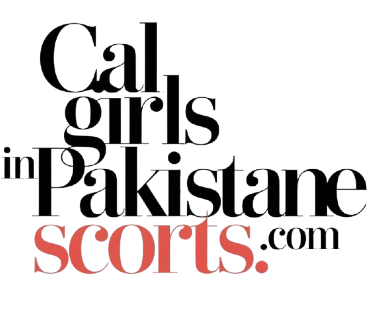Islamabad, the capital city of Pakistan, is often celebrated for its lush greenery, serene atmosphere, and scenic beauty. However, beneath its tranquil façade lies a vibrant cultural scene that is increasingly embracing the rhythms of dance and music. Dance parties in Islamabad have emerged as a thriving phenomenon, offering opportunities for both locals and expatriates to come together and celebrate through the universal language of dance. In this blog post, we will delve into the evolution of Dance Parties In Islamabad, explore the various genres that dominate the social dance scene, and discuss how these events foster community and cultural exchange.
The Evolution of Dance Parties in Islamabad
The concept of dance parties is not new to Islamabad. However, in recent years, there has been a noticeable shift towards more inclusive and diverse gatherings. The dance culture has evolved, moving away from traditional forms to incorporate a wide range of dance styles, reflecting global influences and local preferences.
Initially, dance events were often limited to private gatherings or cultural festivals, showcasing classical music and folk dances. But with the advent of social media and increased connectivity, a new generation of event organizers and dance enthusiasts has emerged, eager to create an environment that is both welcoming and exciting. This change has led to a proliferation of dance parties hosted in various venues, from community halls and art galleries to nightclubs and outdoor spaces, accommodating a wide array of participants.
Genres of Dance: A Melange of Styles
The diversity of Dance Parties In Islamabad is reflected in the variety of musical genres and dance styles that cater to different tastes. Some popular genres that have garnered attention include:
1. Electronic Dance Music (EDM)
EDM has taken the world by storm, and Islamabad is no exception. With the rise of local DJs and music producers, dance parties featuring electronic beats have become commonplace. These events often attract a younger audience eager to let loose and immerse themselves in pulsating rhythms. Popular locations such as clubs and open-air venues frequently host EDM nights, offering an exhilarating experience complete with stunning visual effects and vibrant atmospheres.
2. Hip-Hop and Street Dance
The hip-hop culture in Islamabad has grown significantly over the past few years. Dance parties centered around hip-hop music allow for an expressive form of storytelling through movement. Local dance crews often take the stage, showcasing their skills in various styles such as breakdancing, locking, and popping. These events not only highlight the talent of local dancers but also provide a platform for youth to come together and share their passion for dance.
3. Bollywood and Desi Beats
Bollywood dance parties remain a staple in Islamabad’s social scene. These events, characterized by upbeat music and colorful choreography, allow individuals to engage in a dynamic form of dance that blends traditional and contemporary styles. Guests are frequently encouraged to participate, making these parties highly interactive and fostering a sense of community among attendees.
4. Latin and Salsa Nights
In recent years, there has been a growing interest in Latin dance forms, particularly salsa, bachata, and tango. Dance instructors often host salsa nights in various venues, encouraging attendees to learn the basics while enjoying the energetic beats. These events promote not only the joy of dancing but also cultural appreciation, as participants learn the rich histories associated with these dance forms.
The Community Impact of Dance Parties
Dance parties in Islamabad serve more than just as entertainment; they play a crucial role in fostering community and cultural exchange. Here are several ways in which these gatherings contribute positively to society:
1. Bridging Cultural Gaps
Islamabad is home to a rich tapestry of cultures, and dance parties often become melting pots for individuals from diverse backgrounds. By bringing together people of different ethnicities and nationalities, these events encourage dialogue and understanding. Participants share their cultural narratives through dance, fostering an environment that celebrates diversity.
2. Encouraging Social Interaction
In an age of digital communication, face-to-face interactions can often take a backseat. Dance parties offer a unique space for individuals to connect beyond the screens. The atmosphere serves as an icebreaker, allowing attendees to engage with others, make new friends, and strengthen existing social bonds—all through the joy of dance.
3. Promoting Mental and Physical Well-being
The act of dancing releases endorphins, enhancing mood and reducing stress. The energy and excitement of dance parties provide an outlet for self-expression, allowing individuals to escape the daily grind and immerse themselves in an uplifting environment. Furthermore, the physical activity involved in dancing contributes positively to overall health, promoting fitness and well-being.
4. Nurturing Artistic Expression
Local talent is often showcased at dance parties, providing performers with a platform to demonstrate their skills and creativity. These events encourage budding artists to pursue their passions, contributing to the development of the local arts scene. As the demand for diverse dance experiences grows, organizers often prioritize collaboration with local talent, enabling a vibrant ecosystem of artistic expression.






